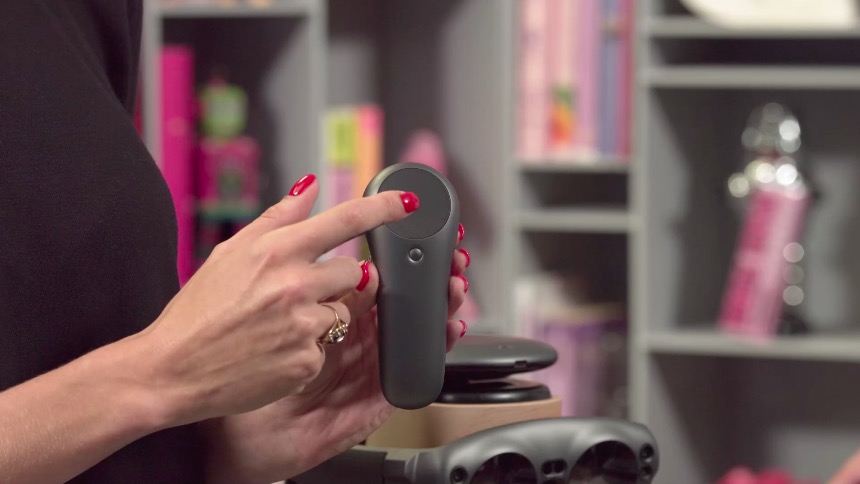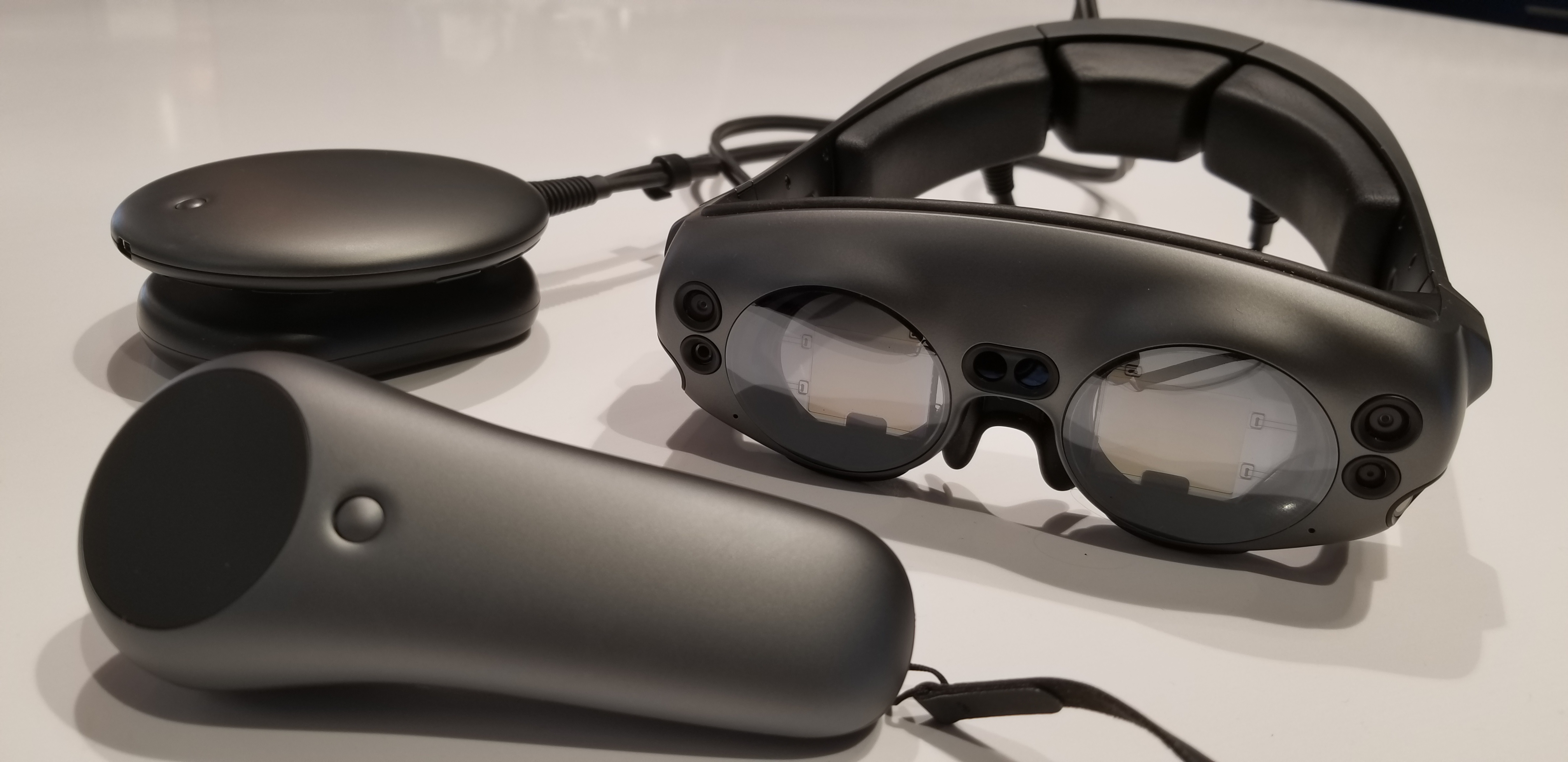

So that move to enterprise, to me, made a whole lot of sense. They're not quite right for consumers, but they're perfect for the enterprise. It's very similar to the state of AR right now.

But there were viable use cases for the enterprise with those mobile phones. The phones back then were slightly larger, maybe a two-hand sort of thing, and more expensive. And really, the mobile phone industry started in enterprise as well. I grew up in the wireless industry, was at Qualcomm for almost 25 years. The company has been through some challenging times, but they had made the pivot to enterprise. How has it been to step into the CEO role at a moment like that? Magic Leap had some significant layoffs last year, shut down its entire consumer business, and its headset sales were reportedly far below internal projections. The interview has been edited for brevity. In her conversation with Protocol, Johnson shared how her work at Qualcomm in particular informed her insights into the potential of AR in the enterprise, Magic Leap's plans for its new headset and the upsides of losing a $22 billion deal to Microsoft. "I'm not going to lie: It was a little awkward," Johnson said.īefore joining Magic Leap, Johnson worked for six years as a bizdev executive for Microsoft, and before that for more than two decades at Qualcomm.

She also joined in the midst of the pandemic, had to do all of her job interviews via video chat and has yet to meet any of her board members in person. Johnson took over the leadership of Magic Leap last summer following significant layoffs and a pivot to enterprise AR. The device, which will be optimized for the enterprise, is slated to become generally available in the first quarter of 2022, Johnson said. Magic Leap is getting ready to release the next version of its augmented reality headset through an early adopter program during the fourth quarter of this year, Magic Leap CEO Peggy Johnson told Protocol this week.


 0 kommentar(er)
0 kommentar(er)
